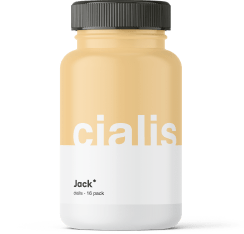Balding only at the crown? Learn how to stop it in its tracks
Many men experience hair thinning at the crown creating an ever widening bald spot. In fact, many men start experiencing hair loss much earlier than they would have expected. According to the American Hair Loss Association, approximately two-thirds of men will experience some hair loss by age 35. By age 50, as many as 85% will have experienced hair thinning or will have experienced significant hair loss. It’s totally normal and totally okay, but if you’re looking to halt or reverse this hair loss, there are treatments available.
What Condition Causes Balding at The Crown?
A bald spot at the crown is an early sign of androgenetic alopecia, also known as male pattern baldness. Approximately, 25% of men who have male pattern baldness started showing signs as early as 21.
Male pattern baldness is believed to happen due your genes as well as hormone levels. According to theNCBI, male pattern baldness is primarily caused by a sex hormone known as dihydrotestosterone. Commonly referred to as DHT, it is a powerful androgen that is converted from testosterone. Although the conversion of testosterone into DHT is a normal process, DHT can have problematic side effects. If you happen to have low testosterone, it can also affect hair loss. The only way to check is to get a full blood panel done to review your t levels.
As hair follicles tend to be sensitive to DHT, hair follicles tend to become weaker and shrink. Furthermore, DHT can also shorten the length of the anagen phase of the hair growth cycle, and subsequently increase the length of the telogen phase. This leads to new hair taking much longer to regrow and in some cases not growing back at all.
The follicles that tend to be most sensitive to DHT reside in the crown and the hairline region. If you have lots of loss there, it’s really pointing to DHT issues.Balding is also a typical sign of ageing. As men age, four out of five men report having some degree of baldness by age 70 according to the Canadian Dermatology Association.
What Does Balding at the Crown Look Like?
Balding at the crown, a common manifestation of male pattern baldness, can be identified by several characteristics. Understanding these signs can help in early detection and treatment.
1. Shape
The shape of balding at the crown often begins as a thinning spot that might be circular or oval. As hair loss progresses, this area can expand, taking on a more pronounced and irregular shape. The bald spot may grow in size, merging with a receding hairline in advanced stages, creating a horseshoe pattern.
2. Appearance
Initially, the crown might show signs of reduced hair density, making the scalp more visible. Over time, the area becomes more pronounced with fewer hairs, leading to a distinct bald spot. The remaining hairs can appear finer and shorter, lacking the fullness of surrounding hair.
3. Border
The border of the balding area at the crown may start as somewhat diffuse, making it hard to pinpoint where thinning starts. With progression, the boundary can become more defined. The transition from areas with normal hair density to the thinning or bald spot is more noticeable as hair loss advances.
4. Texture
Hair texture around the balding crown might change. Remaining hairs can become finer and softer, contrasting with the coarser texture of hair in non-affected areas. This change in texture is due to the miniaturization of hair follicles affected by dihydrotestosterone (DHT).
5. Pigmentation
There can be a change in pigmentation in and around the balding area. Hair that is thinning may appear lighter in color compared to the rest of the hair. In some cases, the scalp in the balding area may seem lighter or, in contrast, more sun-exposed and darker than the non-balding areas.
6. Size
The size of the bald spot at the crown can vary widely among individuals and stages of balding. It might start as a small patch and gradually expand outward in all directions. The rate at which the size increases can vary, influenced by genetics, hormone levels, and the effectiveness of any treatments being used.
7. Location
The location of balding at the crown is specifically at the top rear of the head. This area is prone to hair loss due to the sensitivity of follicles to hormonal changes. The exact position and extent of balding can vary, with some men experiencing isolated bald spots and others seeing a widening pattern that connects to a receding hairline.
Understanding these characteristics can aid in recognizing the early signs of balding at the crown and prompt individuals to seek treatment options that can slow down or potentially reverse hair loss.
What are the most common early signs of male pattern baldness?
As the common saying goes “the best defence is a good offence.” Addressing the loss of hair sooner rather than later increases the odds of regrowth and success.
Here are some of the common signs of male pattern baldness:
Hair loss at the crown
- Hair loss that occurs at the top of your head is an early warning sign of male pattern baldness. It is also the most difficult place to catch it, you may not see any difference in your hair elsewhere including with your hair on the sides looking the same as before. So unless you have a tall partner, a mirror above your bed or are looking for it, you might miss it.
- It might be a good idea to ask a trusted one for their opinion if you suspect male pattern baldness, the answer might not be what you want to hear but an honest opinion can help you combat male pattern baldness earlier on.
Thinning Hair
- You may notice that your hair density has had an overall reduction in specific regions such as the top of your head leaving the sides and the back of your head untouched for the most part.
- There is a general reduction in the strength of individual hair strands and they tend to be much finer and look weak. Often you can tell looking at your temples, seeing more scalp through your hair or noticing your part is looking wider.
Receding Hairline
- Even though this one does not include a balding crown, it is an early sign of male pattern baldness which can indicate a balding crown is not too far away. A receding hairline is one of the easiest early symptoms to assess which can be done by comparing your current hairline to older images of yourself. Often focuses on the sides of your hair, giving you a widow’s peak look.
Can I stop it from spreading or will I completely go bald?
Many men feel that their hair is a part of their identity and losing it can be a stressful and confidence busting experience. Thankfully, there are proven solutions to male pattern baldness that can help slow and even reverse hair loss.
Here are our recommendations:
- Commonly known by the brand name Rogaine, this treatment increases blood flow to the scalp, encouraging healthier follicles and thus more growth. The extra oxygen and nutrients boosts the follicle’s hair production.
- Minoxidil is commonly available in a solution in varying concentrations of 2% and 5%. The medication has been clinically proven to regrow hair for nearly62%of patients. An important factor to keep in mind regarding the medication, minoxidil can take as long as two to four months to start working effectively.
- Finasteride is one of the most effective treatments against male pattern baldness. The medication directly targets DHT and inhibits the enzyme, thereby reducing your body’s overall DHT levels. Hence, your hair follicles will not undergo the process of becoming smaller and weaker.
- The medication is backed bystudiesand has been shown to stop hair loss in nearly 90% of patients, while 65% of them also saw the benefits of increased hair growth and thickening of existing miniaturized hairs.
- Tretinoin can work like a boosting agent, when paired with minoxidil, it can help make the scalp more responsive to the effects of minoxidil. In some individuals, minoxidil alone might not work well due to their bodies having low sulfotransferase activity, an enzyme that converts minoxidil from the bottle into minoxidil sulfate which promotes hair growth. Tretinoin helps increase the sulfotransferase activity thereby boosting the effects of minoxidil.
- The combination of topical tretinoin with 0.5% minoxidil resulted in hair regrowth in 66% ofsubjectsstudied after 1 year of use.
- Rosemary is a medical plant with diverse applications, including increasing nutrient-rich blood circulation to your hair follicles, thereby facilitating hair growth.
- Rosemary oil has been clinically tested and backed bystudiesto prove that it works to treat of male-pattern baldness (androgenetic alopecia). After a 6 month period, the group using rosemary oil experienced a significant increase in hair count when compared with the baseline (0 months).
Physical treatments
- Scalp massagers stretch the cells of hair follicles, stimulating the follicles and promoting better circulation, which in turn makes for healthier hair.
- After conducting a small study in 2016, researchers concluded that a regular scalp massage can help increase the thickness of your hair in 24 weeks. It also feels incredible!
Microneedling
- Micro-needling is a minimally invasive dermatological procedure in which small, fine needles are used to create very small punctures in the skin. This procedure is used for several issues, including male pattern hair loss.
- There is evidence that when paired with other treatments such as topical minoxidil 5%, significant increase in total hair count can be noticed.
Balding at the Crown Hair Care Tips
When dealing with balding at the crown, adopting a tailored approach to hair care can help manage the condition and potentially improve hair health. Here are some effective tips designed to care for thinning hair and support scalp health:
1. Gentle Handling
Treat your hair with extra care. Avoid vigorous brushing or combing, especially with stiff-bristled brushes, as this can further stress and break the fragile hair at the crown. Opt for wide-toothed combs and soft-bristle brushes to minimize damage.
2. Shampoo and Conditioning
Use gentle, volumizing shampoos and conditioners that are formulated for thinning hair. These products can help add body to your hair, making the crown appear fuller. Avoid heavy conditioning products that weigh down hair, leading to a more pronounced appearance of thinning.
3. Scalp Health
Maintain a healthy scalp environment by using products with ingredients like tea tree oil or salicylic acid, which can help unclog hair follicles and remove excess sebum. A healthy scalp supports hair growth and can mitigate further hair loss.
4. Avoid Harsh Treatments
Minimize the use of harsh chemical treatments, such as dyes, relaxers, or perms, which can weaken hair and exacerbate hair loss. Similarly, reduce the use of heat styling tools that can damage hair and make thinning more noticeable.
5. Styling Tips
Consider hairstyles that add volume to the crown area or strategically cover thinner spots. Shorter haircuts can often make your hair look fuller and reduce the appearance of balding. Light hair mousses or sprays can lift hair without adding weight.
6. Nutritional Support
A diet rich in vitamins and minerals that support hair growth—such as vitamins A, C, D, E, zinc, iron, and omega-3 fatty acids—can contribute to healthier hair. Consider incorporating more leafy greens, nuts, seeds, fish, and lean meats into your diet.
7. Stress Management
Since stress can contribute to hair loss, adopting stress-reduction techniques such as meditation, regular exercise, and adequate sleep can have a positive impact on your hair health.
8. Consider Hair Growth Treatments
Explore over-the-counter treatments like minoxidil (Rogaine) or consult with a dermatologist about prescription options. These treatments can be particularly effective in the early stages of thinning and may help stimulate hair growth at the crown.
9. Regular Trims
Keeping your hair trimmed can help prevent split ends and hair breakage, making your hair look thicker and healthier. Even if you’re growing your hair out, regular trims are beneficial.
10. Sun Protection
Protect your scalp from sun exposure to prevent sunburn and skin damage, which can exacerbate hair loss. Wear hats or use a sunscreen formulated for the scalp when spending time outdoors.
Implementing these hair care tips can help manage and improve the condition of balding at the crown, enhancing both the appearance of your hair and your overall scalp health.
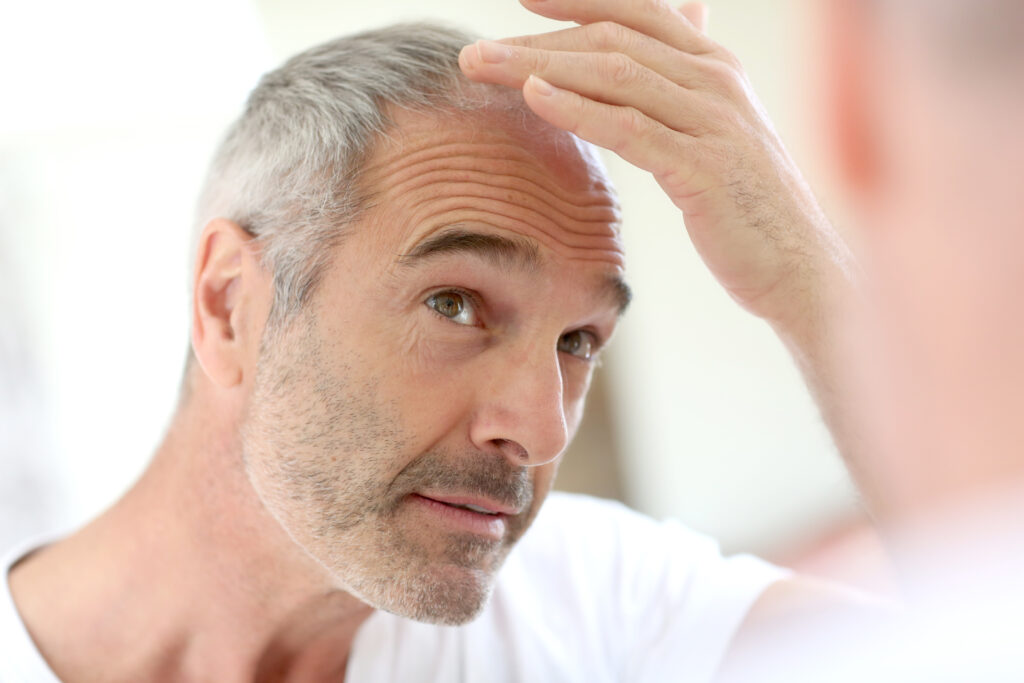
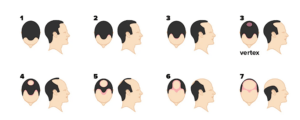







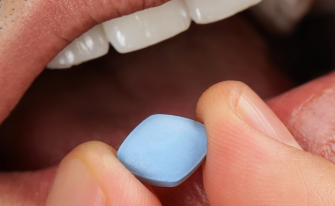





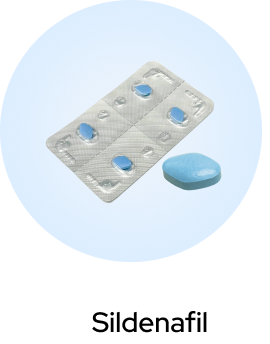
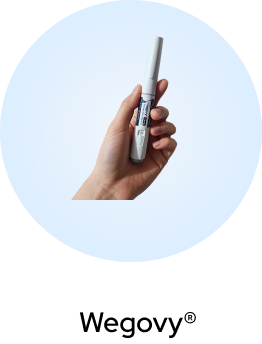
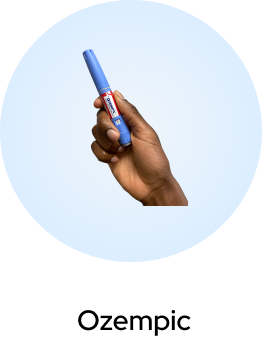


 (US)
(US)